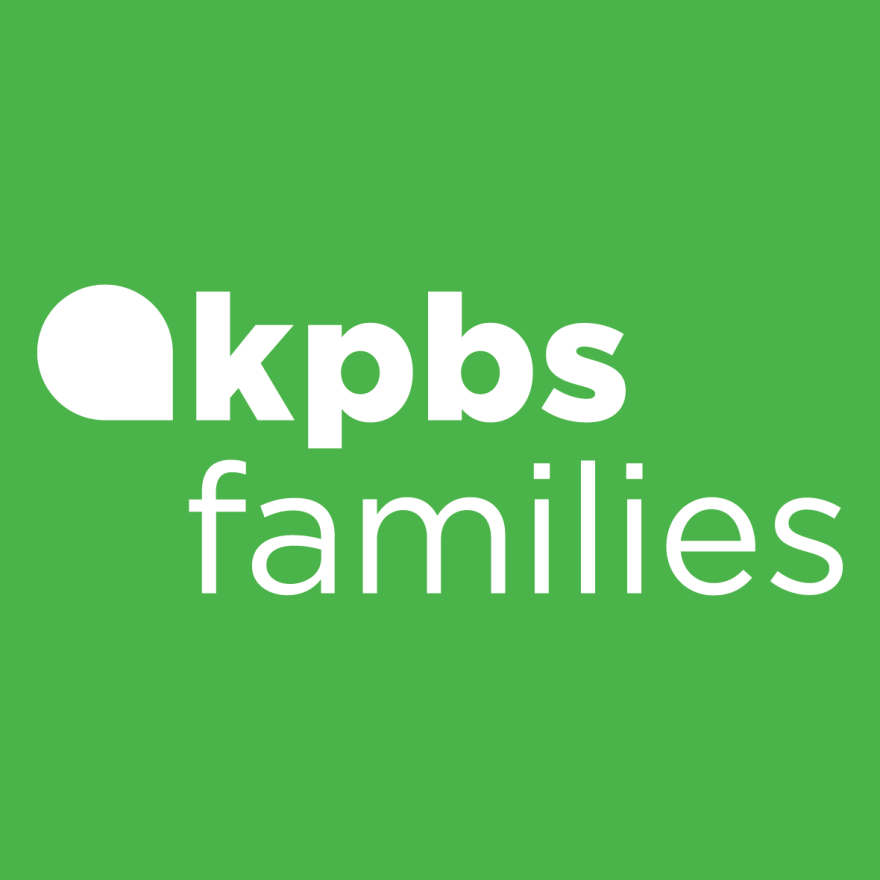For some students across the county this fall, there is a learning curve that includes much more than just their academics. For 15-year-old Grace Dabbieri, it includes getting around campus at Coronado High School, where she is a freshman taking Advanced Placement computer science along with math and English classes.
The learning curve also involves crossing busy intersections to get to school — through traffic she can hear, but cannot see.
“It's a bit scary at first because there are literal cars. But after doing it for a few years, it gets easier because I know what to expect. It just becomes something I do every day,” she said.
Grace has been blind since birth because of an underdeveloped optic nerve that cannot carry messages from her eyes to her brain. Since second grade, she has worked with Jim Perondi, an Orientation and Mobility Specialist with the County Office of Education (COE). Perondi spends every weekday traveling to school districts from Coronado to San Ysidro, as one of a team of teachers supporting children in every grade level who are visually impaired.
“It's not about failure, it’s not about meeting my expectations,” Perondi said, “it’s about them reaching the highest level of independence that they can in the amount of time it takes to do that safely.”
Perondi works with five or six students who are visually impaired every day. He teaches them life skills and helps with accommodations for their school work.
“Some students are too confident, to where it can put them in danger and some of them can be too hesitant, to where it could also put them in danger,” Perondi said. “So everything we do is about safety and independence and we combine them so students are really ready to go out on their own into the real world.”
He has more than 16 years of experience including time as an E.M.T, a security officer, a credentialed special education teacher with a master's degree, and he has a black belt in Brazilian jiujitsu.
Perondi is also visually impaired.
He told KPBS News, “At 24 years old, I had an injury to my left eye where I had a retinal detachment and I lost the majority of my vision in my left eye and I didn’t get it back.”
Sometimes, he covers his one good eye so that he can relate to what his student is experiencing.

There is another student success story at San Ysidro Middle School involving Diego Caperon, 12. He is a seventh grader who has been blind since birth. Diego was fitted with prosthetics for both his eyes and has never seen light or even shadows, only complete darkness.
That has not stopped him from dreaming of someday playing professional football.
"I love football,” he said. “I haven’t figured out what position I play yet. But when I’m throwing the ball someone just makes noise. Like, they clap or something and I just throw it [in] that direction.”
Diego is supported by another visual impairment teacher from the COE, Tanya Gonzalez. She teaches blind students how to read Braille and how to type it for class assignments.
Gonzalez is a person who can see, and she says she has been educated by so many of her students who can't. “My students can generally tell if a person is naturally kind and good-hearted not because of the way they look but by the way they’re interacted with,” said Gonzalez. “They've taught me to just be open-minded and to be patient, especially with the ignorant-sighted world.”
Back at Coronado High School, Grace Dabbieri also has a teacher helping her read Braille. But she said she had only a little interest in what she might never see.
“[I’d] probably just [want to see] my family, and I’ve heard the stars are pretty beautiful. I’d want to see the night sky, but I really don’t want sight because I’d have to relearn everything,” she said.







